Your Choice Shower Blog
How to Select the Elements of a Complete Shower Kit
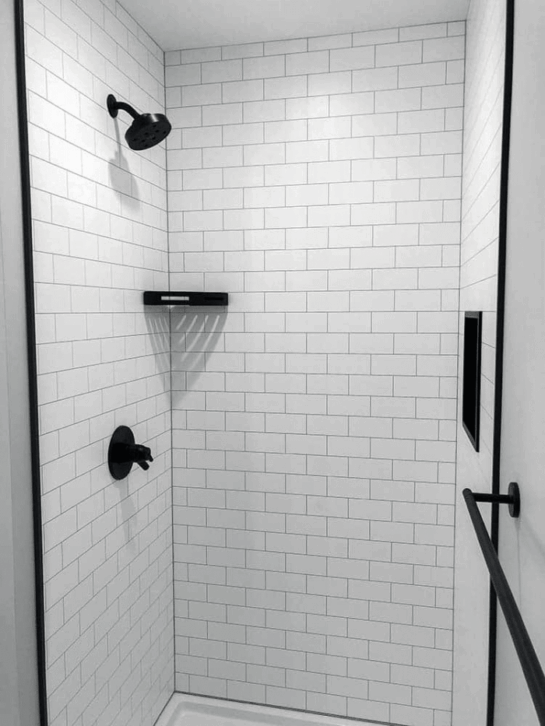
Whether you are doing a bathtub to shower conversion in a renovation or designing a new bathroom in an addition or new build, you will have the opportunity to select from many options from. I’d like to outline some of your choices and provide some guidance and education on the products in the “wet area” of your bathroom – the shower.
The most visible element of your shower is the wall surround – this can run from the shower base all the way up to the ceiling or stop short on height. Here your options include ceramic tile (with grout joints), grout-free laminate shower wall panels, acrylic liners, PVC composite panels with graphics, and solid surface products (cultured stone) . The many patterns/colors in each line can be dizzying but I will add some pros and cons for each :
Ceramic Tile – Pros : many designs to choose from Cons : Long-term maintenance of the evil grout joints
Click Here To Get A FREE Design Consultation!
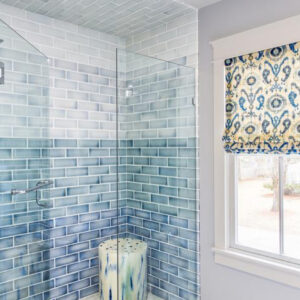
Laminate Wall Panels – Pros : grout-free and low maintenance, very robust (3/8” thickness ) and available with faux grout joints Cons : Not quite as many designs available as tile
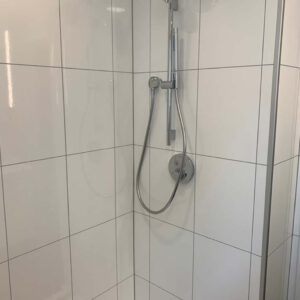
Acrylic Liners – Pros : Can be used over existing tile Cons : Often very thin/flimsy 1/8” acrylic and can be ill-fitting if not measured properly
PVC Composite – Pros : Can get shower walls and shower base in same pattern/color Cons : Substitute for real marble or granite
Solid Surface – Pros : Typically come as one piece that can cover up to 60” wide Cons : Can be heavy, awkward to handle, quite expensive and long lead times.
The Winner for Best Value in my opinion is the laminate wall panels as they deliver on high product quality,low maintenance, and as they go up much quicker than ceramic tile are competitive price-wise when looking at product cost + labor.
The least visible element of your shower is the base or pan – here you are looking for a waterproof design that will be sturdy enough for your family ( of all sizes ) to use without squeaking or flexing associated with cheap fiberglass (builder-grade) shower bases . Your options include ceramic tile ( with grout joints ), solid surface (cultured marble or cultured granite ) , reinforced acrylic shower bases, or PVC composite. Here are some pros and cons for each :
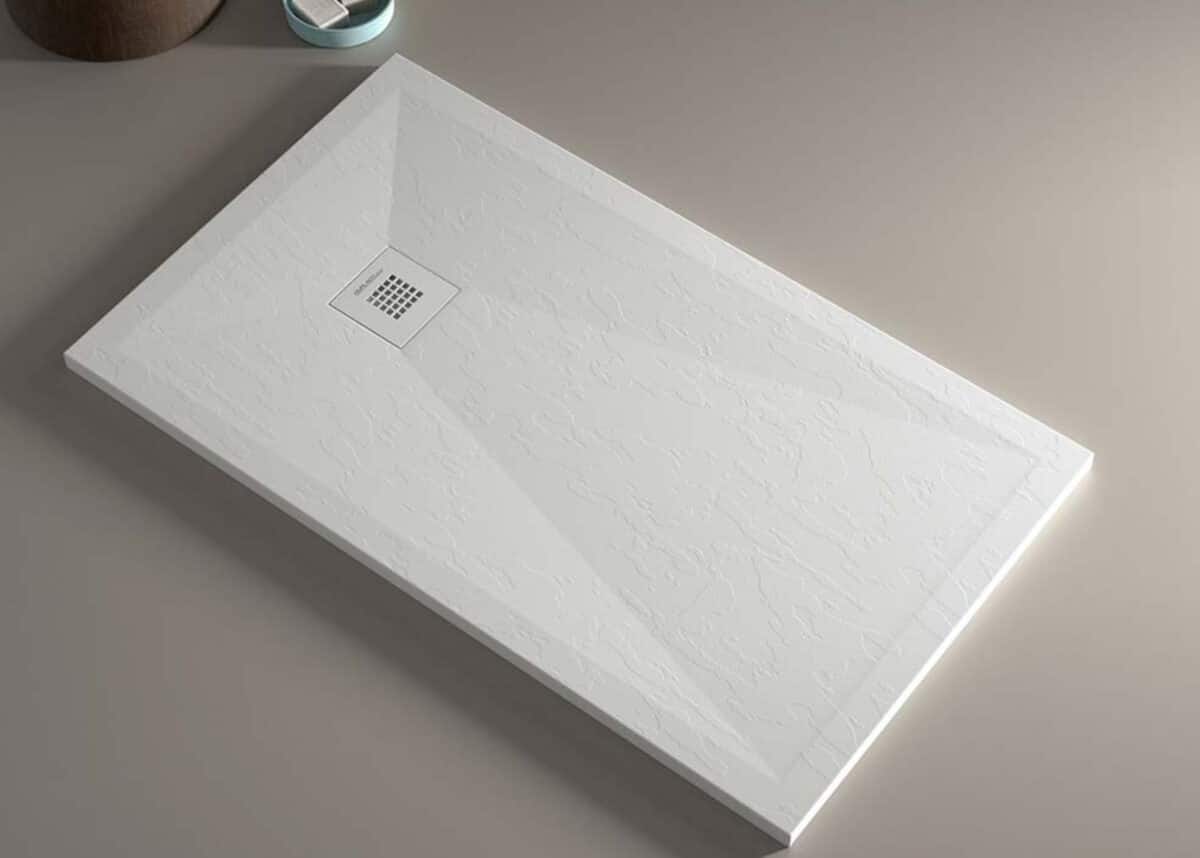
Ceramic Tile – Pros : many designs to choose from Cons : Long-term maintenance of evil grout joints
Solid Surface – Pros : Cultured stone products that can be customized in size and drain location Cons : Limitations on large sizes
Reinforced Acrylic Bases/Pans – Pros : A great value in standard sizes Cons : Not customizable
PVC Composite – Pros : Can match walls and shower base and customizable in size Cons : Limited color selection
There is no “winner” I will declare in this category as you really should use the type of shower pan that works for your circumstances – does it need to be custom in size or drain location ? etc. ?
The third main element in your shower will be a shower door system( or shower curtain ) . Shower curtains are obviously inexpensive and get the job done ( keeping the water inside the shower ) and can work sometimes as a temporary measure . To really finish off your shower design however there is nothing so nice as a beautiful modern shower glass system . Gone are the days of the horribly designed tracks at the bottom of the sliding shower/tub doors that were virtually impossible to clean – treat yourself to sharp systems where the doors rest on rollers on top – the only way to go and minimal maintenance.
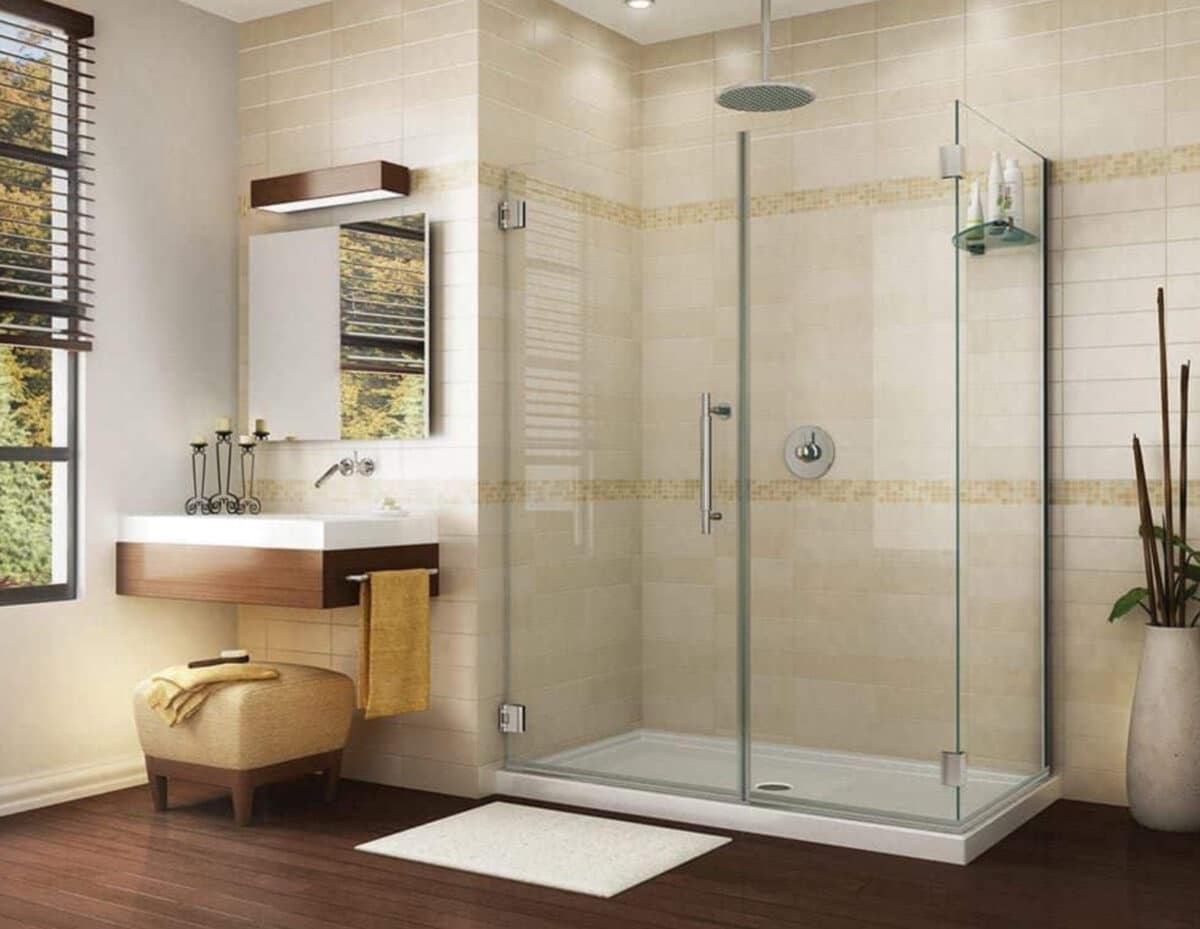
Key features if you wish to “treat yourself” to a modern shower door include : surface protection on the glass to minimize water spots and ease of cleaning/wiping; taller shower doors that you don’t have to “duck under”, and finishes like Brushed Nickel, Matte Black, and others ( not just Chrome ) ! You will typically want to match your plumbing fixtures in room to your shower door finish . Also, you will want to choose the operation of your shower doors based on functionality in your bathroom :
Bypass shower doors ( both doors slide right and left ) – easy entry, don’t get wet turning on the water, stay within the footprint of your shower
Slider shower doors ( one door slides, one fixed panel ) – used when access to one side is obstructed by a nearby vanity or toilet
Pivot or swinging shower door – used for smaller doors and frequently you will have a pivot door coupled with a fixed panel
Shower screen glass – this is just a screen for water but allows for “walk-in” access to shower ( doorless ) this can be fixed glass or glass block
The fourth element in your shower to consider is storage of your shampoos, etc……… a high-style way to go is with a niche that is built into one of your walls – these come both with either a horizontal orientation or a vertical orientation and are available in stainless steel or color powder coated finishes …. There are also a wide variety of shelves available that can be incorporated into your shower alternatively.
Need Assistance on How to Start? Call Our Expert! (800)-635-1226
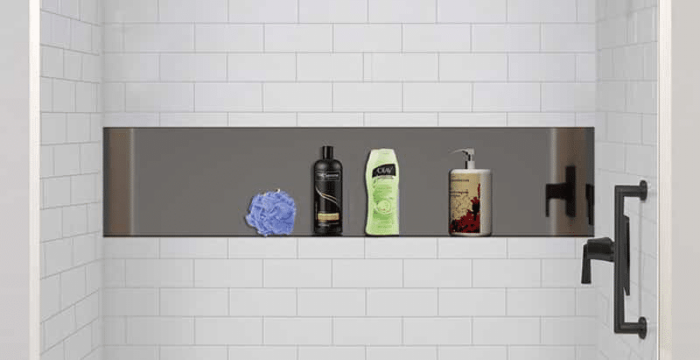
The fifth and final element I will touch on is your plumbing fixtures…….. these are your shower head and control valves/handles for the water …… typically you will match these to your shower door finish ( or vice versa ) ….. while Chrome still remains popular, modern finishes include Brushed Nickel, Matte Black, and others.

I hope you’ve found some educational value in the above information about shower design and your choices … if you’d like more personalized advice give me a call on my Cellphone ( 201-803-6440 ) for a Free Design Consultation ( that sounds kind of formal ) or just to ask a question or two ….. I have a lot of experience in working with all the “shower stuff” ……… Thanks so much for reading.
Contact Us
For free design help, samples, estimates or consultations, call or click!
Copyright © 2025 | Choice Building Products | All Rights Reserved | Terms/Privacy Policy

